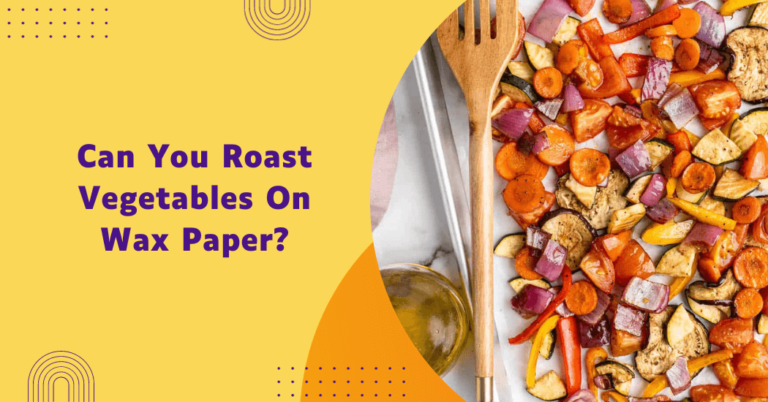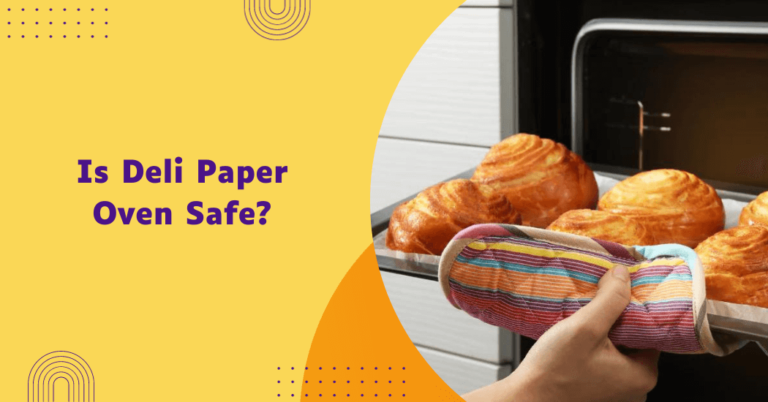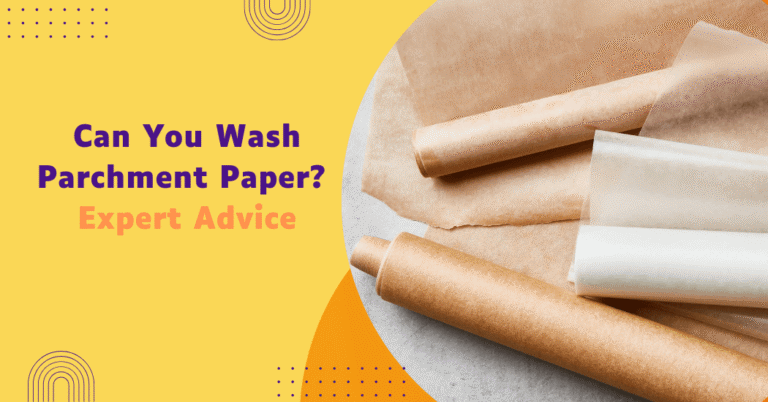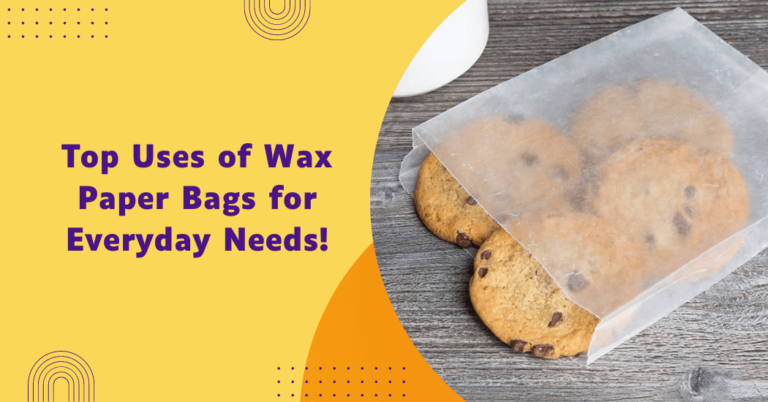Is wax paper waterproof?
Wax paper has long been revered for its versatile use in food preparation and storage. As a common choice for wrapping sandwiches, lining baking sheets or storing delicate items, one might wonder about its water resistance. The question at hand is simple yet fundamental: Is wax paper truly waterproof?
In this exploration, we delve into the composition of wax paper, its unique properties and its effectiveness in preventing the infiltration of water.
By the end of this article, you will have a better understanding of whether wax paper is truly waterproof or not.
Is wax paper waterproof?
While the wax paper is water-resistant due to its wax coating, it does not technically qualify as “waterproof.” This distinction is important because, although wax paper can effectively keep out moisture in many cases, it’s not impervious to water under all conditions.
For instance, if wax paper is submerged in water for an extended period, water can eventually seep through. The wax coating prevents immediate penetration of water, making it an excellent choice for short-term food storage and preparation but it won’t hold up against prolonged exposure to water. While wax paper is a valuable ally in the kitchen due to its water-resistant properties, it cannot be considered fully waterproof.
Factors affecting water resistance of wax paper
The water resistance of wax paper is influenced by various factors, including the type of wax used, the coating process and the overall quality of the paper.
Here are some key factors that can affect the water-resistance of wax paper:
- Type of Wax: As mentioned earlier, the type of wax used in the coating process can impact the water resistance of wax paper. Paraffin wax is more commonly used and provides a higher degree of moisture protection compared to beeswax.
- Thickness: The thickness of the wax layer also plays a role in determining how waterproof the paper will be. Thicker layers of wax provide better water resistance.
- Quality of Paper: The quality and type of paper used can also affect the water resistance of wax paper. If the paper is too thin or has a rough surface, it may not be as effective in preventing water from seeping through.
- Storage Conditions: How and where you store your wax paper can also impact its water-resistant properties. Exposure to heat, light and moisture can cause the wax coating to deteriorate, making the paper less effective in repelling water.
- Intended Use: The intended application of the wax paper can influence the desired level of water resistance. For instance, packaging for foods with high moisture content may require a more water-resistant wax paper compared to applications where water resistance is less critical.
How does wax paper prevent water infiltration?
The wax coating on both sides of the paper acts as a barrier, preventing water from penetrating and reaching the contents inside. When water comes in contact with the wax-coated surface, it is repelled due to the hydrophobic nature of the wax.
This means that instead of being absorbed into the paper fibers, water beads up and rolls off, keeping the contents safe and dry. Additionally, the wax coating also helps to seal any gaps or holes in the paper, further preventing water infiltration.
So while wax paper may not be completely waterproof, its properties make it an effective choice for short-term food storage and preparation. As long as it is used correctly and stored properly, wax paper can prove to be a valuable ally in your kitchen, helping to keep your food fresh and dry.
Comparison with other types of paper in terms of water resistance
Here’s a comparison of wax paper with other types of paper in terms of water resistance:
| Paper Type | Water Resistance |
|---|---|
| Wax Paper | High resistance to water due to wax coating |
| Parchment Paper | Moderate resistance can withstand light moisture |
| Freezer Paper | High resistance, designed for freezer use |
| Butcher Paper | Limited resistance, can become soggy when wet |
| Kraft Paper | Low resistance, not suitable for wet conditions |
While wax paper generally provides high water resistance, other papers may serve better in certain situations such as freezer paper for freezing food or parchment paper for baking.
Tips for using wax paper effectively
To make the most out of your wax paper and ensure its water-resistant properties are not compromised, here are some tips to keep in mind:
- Store wax paper: When not in use, make sure to store your wax paper in a cool, dry place away from direct sunlight.
- Avoid high temperatures: Do not expose wax paper to high temperatures as it can cause the wax to melt and lose its water-resistant properties.
- Use for short-term storage or preparation: Stick to using wax paper for short periods, such as wrapping sandwiches for lunch or lining a baking sheet for a quick bake in the oven. Avoid using it for long-term storage.
- Use multiple layers: If you need extra protection against moisture, consider using two or more layers of wax paper instead of one. This will provide an additional barrier against water.
- Choose high quality wax paper: Invest in good quality wax paper from reputable brands to ensure better water resistance and overall effectiveness.
By following these tips, you can maximize the water-resistant properties of wax paper and use it effectively in your kitchen. While it may not be fully waterproof, its versatility and ability to repel moisture make it a valuable tool for food preparation and storage.
Final Words
In conclusion, wax paper exhibits a degree of water resistance due to its wax coating, which provides a protective barrier against moisture.
While it may withstand brief exposure to liquids and prevent some degree of absorption, it is important to note that wax paper is not entirely waterproof. Prolonged contact with water or immersion can lead to the breakdown of the wax barrier, compromising its effectiveness.
Therefore, while wax paper can offer some protection in certain situations, it is advisable to use specialized waterproof materials for applications requiring a higher level of resistance to moisture.






